How to Build an Audience for Live Shopping
iAdvize
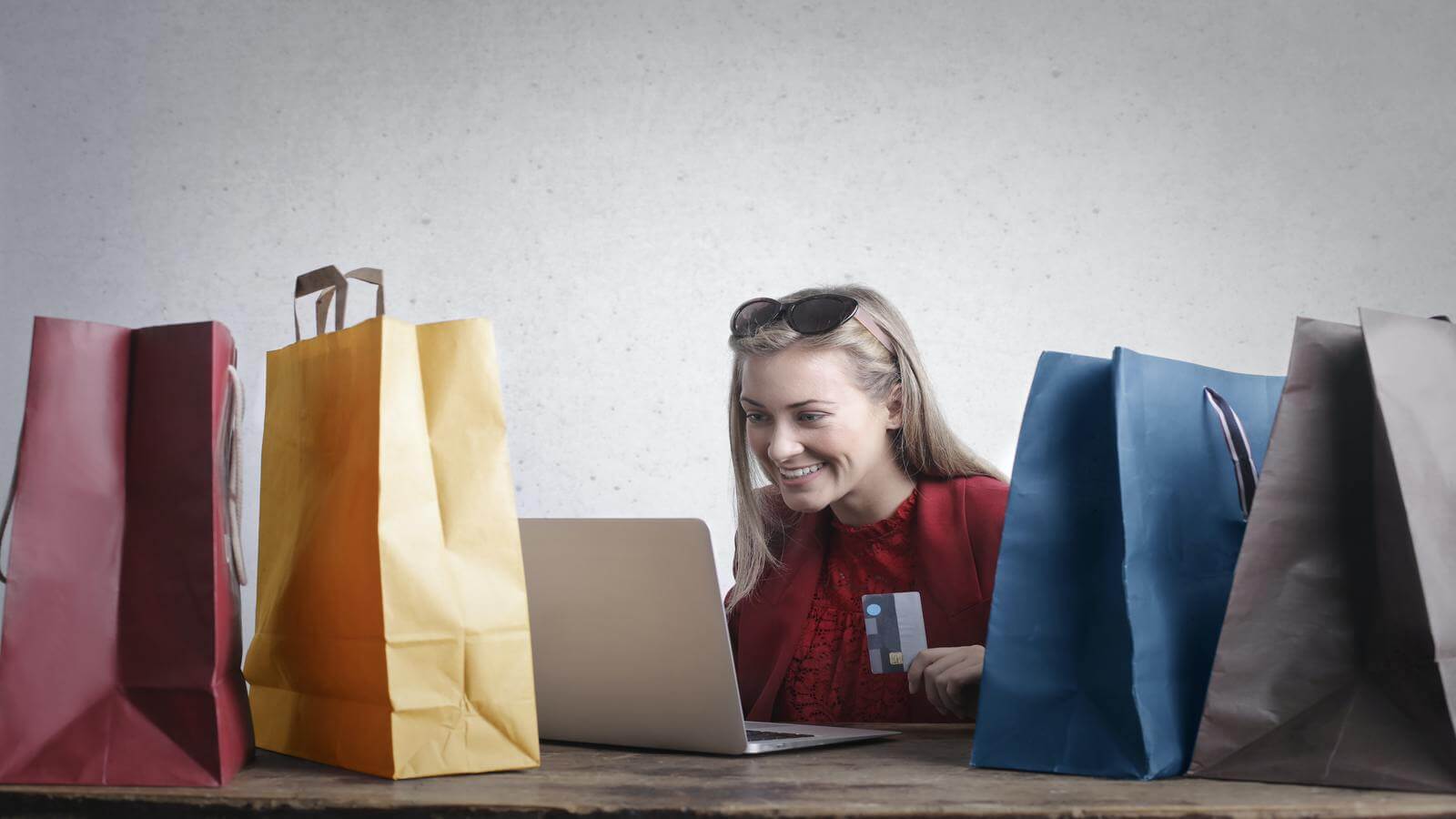
Is your brand diving into the live shopping wave yet? The trend that started in China has been making its way around the world and is gaining traction in the U.S. Today's retailers need to make their mark in live shopping or risk being seen as behind the times.
So, let's say you are considering a live shop of your own. You need to establish the right process and technical foundation, score a charismatic influencer to help host your shop, and decide what you're going to sell. Then, you need to start working on drawing viewers to your event.
Read on to learn more about why live shopping needs to be part of your marketing lineup. And get to know six smart tactics that can generate buzz and win over audiences.
Why Live Shopping Is the Next Big Thing
The explosive growth of live shopping is a natural extension of the rise of eCommerce. In 2020, eCommerce revenues in the U.S. soared to $431.6 billion, up from $360.9 billion in 2019. And there's continued growth on the horizon.
In the next few years, live shopping will become an eCommerce powerhouse. Analysts predict live shopping will vault to $25 billion in the U.S. in 2023, up from just $1 billion in 2019. That equals an astonishing 123.60% compound annual growth rate (CAGR).
Live shopping is part of the push towards "shoppertainment" — drawing people to the retailer's site or store with engaging, interactive activities. Preparation for a live shop uses a cinematic approach with a script, a set, and lighting. Add an engaging host, and you have a recipe for an enjoyable event that generates significant revenues. Even if guests don't buy, they can feel entertained and have had a positive, memorable brand experience.
Plus, live shopping capitalizes on another big trend: The rapid growth of influencer marketing. As social media interaction has grown, regular people have shared their opinions and lifestyles and amassed devoted followings. Now, influencer marketing is a $14 billion industry, according to recent data from Influencer Marketing Hub. In 2016, the industry value was just $1.7 billion.
So live shopping sits at the nexus of several hot eCommerce trends. It's no wonder live shopping is disrupting retail.
6 Tactics to Build an Audience for Your Live Shopping Event
Preparation is key to success in live shopping. You can follow 13 easy steps to run a live shop from start to finish.
While a lot of the work of attracting an audience happens in the pre-event phase, you should seek to build an audience over time. Hosting stellar events and using replays strategically can keep people returning and inviting friends along for the fun. Plus, people will see what they've missed before and join in future events.
Offer a Can't-Miss Exclusive
One excellent tactic to get people to tune in to your live shop event is to offer them something they couldn't get otherwise. For example, a fashion brand could use a live shop to launch a brand new product before it hits the general market. By letting live shop attendees get an exclusive sneak peek and opportunity to buy, you can appeal to fashion-forward trendsetters who want to have early access to a new style.
Discounts can also draw people in. You can boost sales by offering a substantive discount off a second purchase — say 40% off of a second product when you buy one item.
Some brands even use exclusive gifts to set the mood and get people committed to watching your live shop. When Bloomingdales and Jimmy Choo partnered to host a live shop, they sent a complimentary cocktail and macaroons to participants who signed up ahead of time.
What's more, the brands offered the first 50 people who bought Jimmy Choo shoes during the event a personalized fashion sketch. And everyone who stayed for the entire show could take part in a giveaway for Bloomingdales' gift cards and valuable gift baskets.
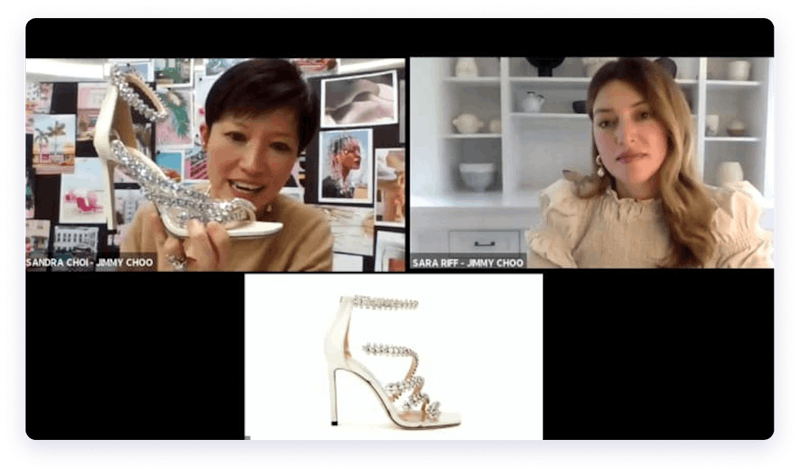
https://www.cnbc.com/2021/05/03/retailers-from-bloomingdales-to-petco-test-livestreaming-to-win-sales.html
Set Up a Multi-Channel Digital Campaign
You need to share your event far and wide on every channel you use for marketing. Hype product announcements or provide a peek into sales to build excitement without giving away the whole story. Share save the date and reminders to get shoppers to set time aside to tune in. Of course, you should encourage your audience to re-share your messages and invite others to join in the fun. You can run a giveaway that asks social users to tag a friend to enter, with prizes awarded exclusively to people who tune in.
Post content across all your digital platforms -- your website, email promotions, newsfeed posts, tweets, stories, and more. Make it effortless for people to add links to your live event to their personal or social media calendars.

The goal here isn't to overwhelm your audience with repeated messages but to reach as many people as possible. That's why it's essential to vary your content. Try a behind-the-scenes view into the preparation process, product previews, and teasers about what to expect from the event. Also, you can do a series of countdown posts to lead up to the big day.
You can even send out day-of reminders shortly before the event starts with a link for people to tune in. One smart tactic is scheduling a quick Instagram Live when your event begins. That will trigger notifications to all of your followers and prompt some to join. Additionally, you should send text and email blasts just as your event is starting to draw in more shoppers.
Leverage Your Influencers' Following
In the not-too-distant past, television was the only way to access video entertainment. Brands used advertising to reach mass audiences -- and had 100% control of their messaging in ads. Today, consumers have access to unlimited sources of video on the Internet. And anyone can become a video content creator.
This is great for audiences but not so great for brands. Why? The challenge is that their audiences are spread out across various forms of media instead of watching linear TV programming en masse.
What's more, consumers are skeptical of brands' overt sales tactics and tend not to trust advertising. In fact, one consumer study by Kantar Media found that just 33% of people who rely on advertising to shape purchase decisions actually trust its messaging. No surprise: friends and family are at the top of the list of most trusted sources of brand information for nearly 80% of people.
This reliance on trusted individuals vs. brands has brought influencer marketing to the forefront. Often, followers look forward to favorite influencers' updates and value their opinions. That's why influencer marketing is so powerful. The best influencers are real people with niche expertise who've built organic followings through engaging content.
Most brands that host live shops invite social media influencers to join as hosts or guests. Clearly, this is a win-win for the brand and influencer. The brand gains an authentic personality with a built-in following, and the influencer gets compensation and access to new audiences.
As with any form of influencer marketing, the right niche can be more valuable than a huge following. The best of both worlds is an influencer who has both a large following and a passionate connection to the brand.
One example of a brand that successfully leveraged an influencer's popularity is the Canadian lingerie brand Knix. After shifting from traditional retail to a direct-to-consumer strategy, Knix has taken an all-digital approach to connect with customers. Live shopping was a natural step and an attention-grabbing tactic to launch a new swim line.
The event co-hosts included Knix founder Joanna Griffiths and body positivity influencer and long-time customer Sarah Nicole Landry. Landry had made her love for Knix known on her blog and social channels since 2017, with one post about Knix going viral and catching the brand's eye.
In the run-up to the live shop, Landry hyped the event to the millions of people who follow her on Instagram @TheBirdsPapaya and her other channels:
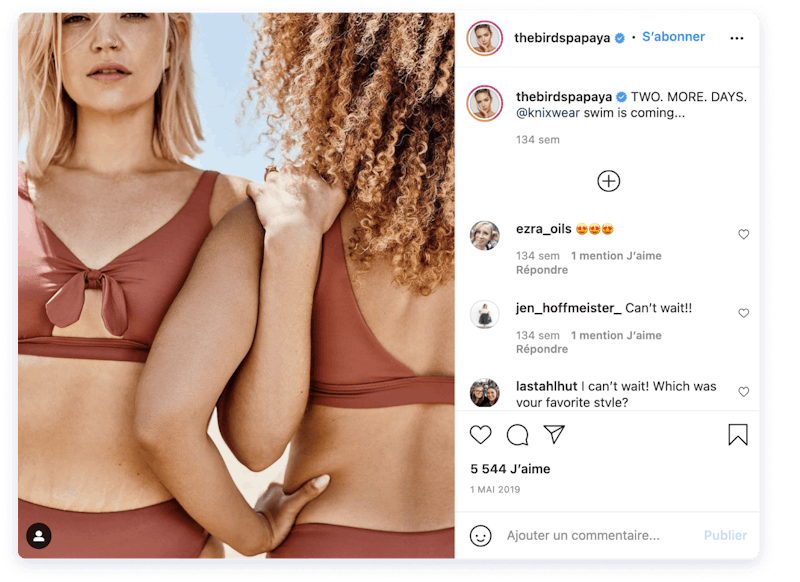
https://www.instagram.com/thebirdspapaya/p/Bw66CuwlCV7/?epik=dj0yJnU9bFdtdk80aVlWWWNTYVRXeFhRT1Ryd2RDS3A3d2o0XzcmcD0wJm49YnJjZjF0SzRuWmFOOVVlMWJEQ3pPUSZ0PUFBQUFBR0dPYmc4
Throughout the event, hosts answered questions and ran polls and games to generate interest. Participants could purchase right within the shop event instead of needing to navigate somewhere else. The result of this fun, streamlined shopping experience was sales conversion rates that exceeded the averages for most live shops — a huge win for a first-time event.
Make Your Live Events Fun & Interactive
It goes without saying that if your live event is fun, people will keep coming back for more. If you've been hyping your event all over social media, you need to make sure you deliver.
How? Well, remember that the best live shops are relatively short. So you need to create a solid run of show. Spend about five minutes greeting your audiences and introducing hosts and special guests. Then take 20 minutes for a deep dive into your products. Spend about 10 minutes engaging with shoppers and another 10 minutes building urgency and promoting exclusive deals. Take a few more minutes to wrap up and invite guests to the next event.
You want people to participate, so ask questions or use polls to spark conversation. Simple things like asking about experiences with your products or inviting shoppers to share their favorite colors can do the trick. Keep chatting to up the entertainment factor.
Remember: using time limits and scarcity can motivate people to buy. You can show the dropping number of available products to get people to purchase before items sell out. Another idea: host a "flash sale" with a price drop that lasts for a few minutes to drive up sales.
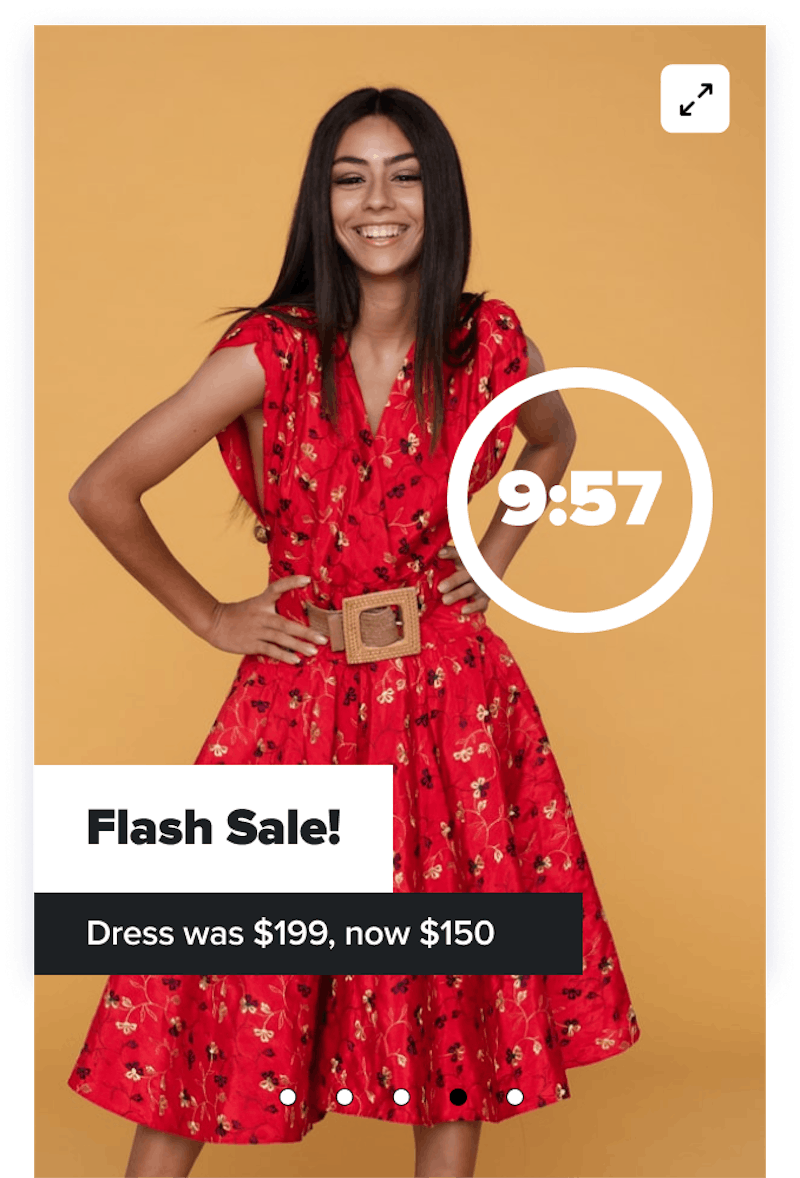
Use a Series of Events to Build Momentum
Think about how the Super Bowl draws a colossal audience one day a year, but true football fanatics cheer their teams on week after week. Live shopping works on the same premise. A one-time shop might generate some attention, but a series of shops will keep people coming back for more. And giving viewers a reason to keep watching is going to help your audience grow and stay engaged.
Some brands are putting this principle into practice and reaping the rewards. The holiday season is ideal for a multi-shop series with events on Black Friday, Cyber Monday, and throughout December. If there are other peak seasons for your business — say vacation getaway prep time or back-to-school — a live stream series during those times can be a huge success.
If you're seriously committed to live shopping as a marketing strategy, monthly, or even weekly, shops can be worthwhile. But consistency is the key. Take the example of cosmetics brand Urban Decay — known by its fans as UD. The brand hosted a series of weekly events called Going Live with UD, featuring influencers and UD pros who provide tips and showcase products. For people who tuned in, UD treated them to exclusive product discounts and freebies with every purchase.
Post and Share Replays
You should always record your live shops and make replays available immediately after the event ends. After all, some people who want to take part may not be able to attend the live event. Replays can also introduce your live shops to new audiences. Using replays strategically can help build momentum for future events — an approach that works exceptionally well if you're doing a series.
Where can you use your replay content? One idea is to post replays on the web pages of products featured during the shop. That tactic will give site visitors engaging content that can help them make purchase decisions or motivate them to tune into a future event.
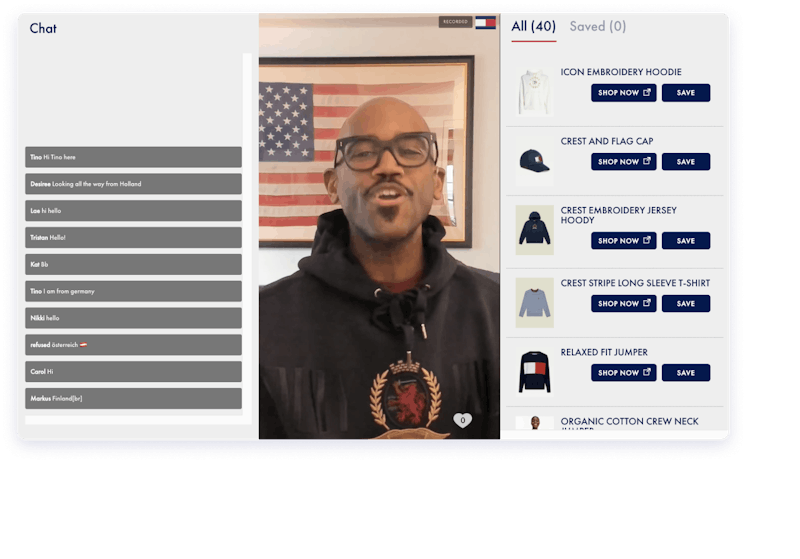
https://global.tommy.com/live
Also, You can turn snippets showcasing top moments of your shop on social media or embed short videos into outbound emails. Short 45 to 60-second videos — such as a Q&A exchange between a shopper and a host — can spark sales and build camaraderie with your community.
Generate Buzz for Your Next Live Stream
Live shopping is taking the retail world by storm. Many major brands — like Nordstrom, Walmart, Petco, and Tommy Hilfiger — have tested the waters and enjoyed a first taste of live shop success. The only question now is when, not if, other brands will follow suit.
Although a relatively new path to reach shoppers, many of the same rules of marketing apply to live shop promotion. Start with a compelling premise, like a product launch or a seasonal sale, then spread your message far and wide.
Since live shops occur online, a heavy emphasis on digital promotion makes sense. Use save the dates and countdowns to get the day and time of the event to stick in people's minds. Strategically share previews to give people a peek into the magic behind the curtain, but leave enough unsaid to make them tune in.
Partnering with an influencer and tapping into the power of their network can bring even more people to your events. Another bright idea is creating an event series that keeps people coming back for more.
Although any live event can turn up the pressure, remember that your hosts and special guests need to relax and have fun. What shoppers want more than anything are authenticity and community. A script and solid run of show help everyone stay on message, but it's essential to seem genuine. While you can count on a healthy number of sales for each event, building brand loyalty and audience engagement can deliver bigger returns over the long term.
Ready to dive into live shopping? Let iAdvize be your guide. Dozens of top-name brands have used our Aploze platform to deliver immersive, interactive shopping experiences to their audiences. Our live shop experts will coach you every step of the way! Get started today.

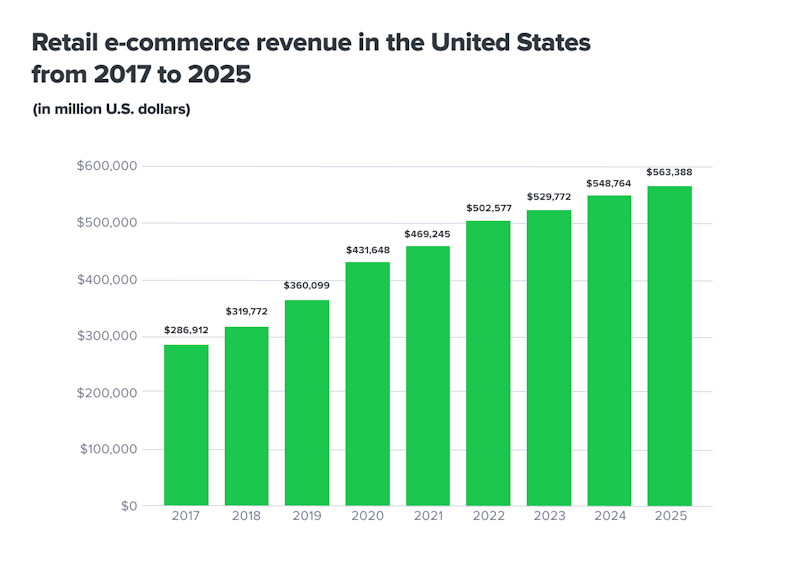
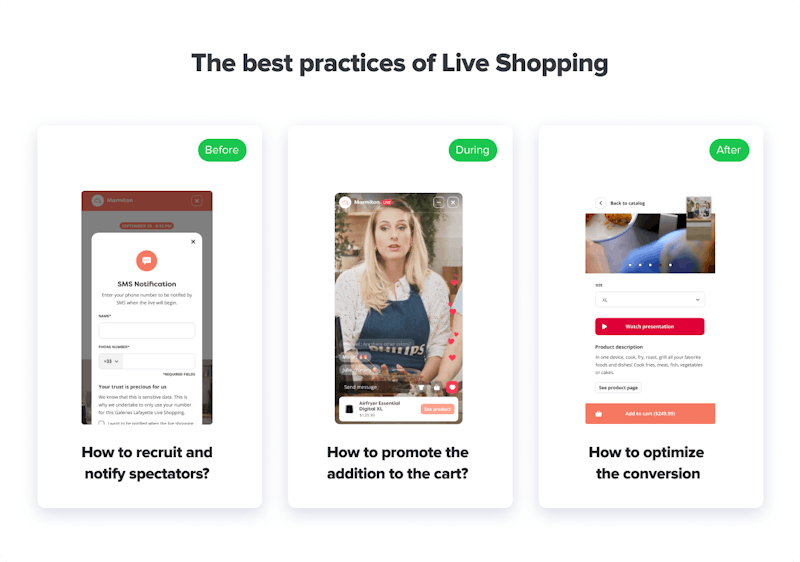
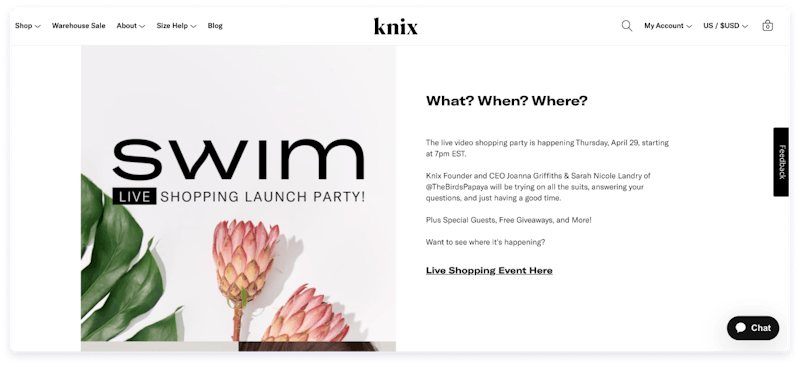
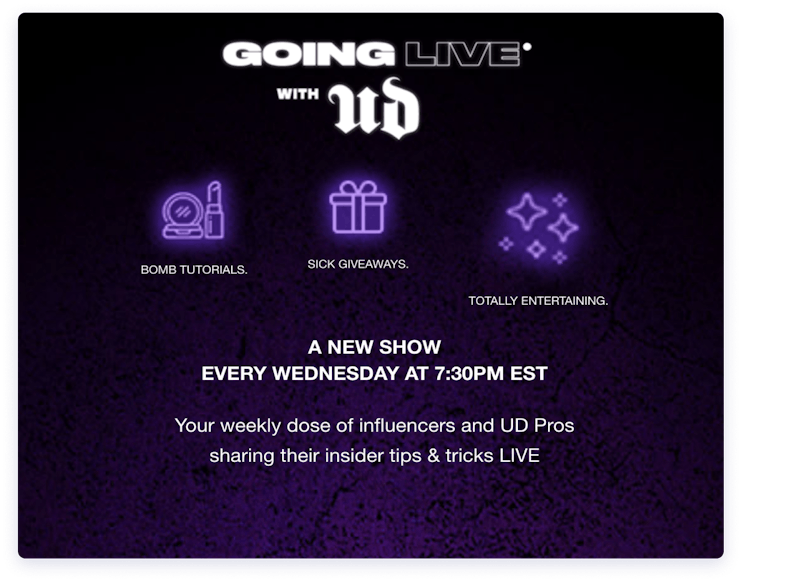
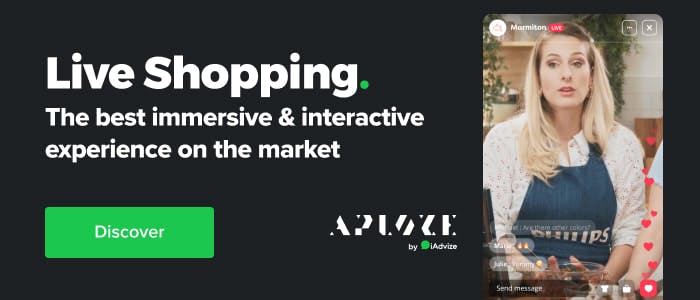
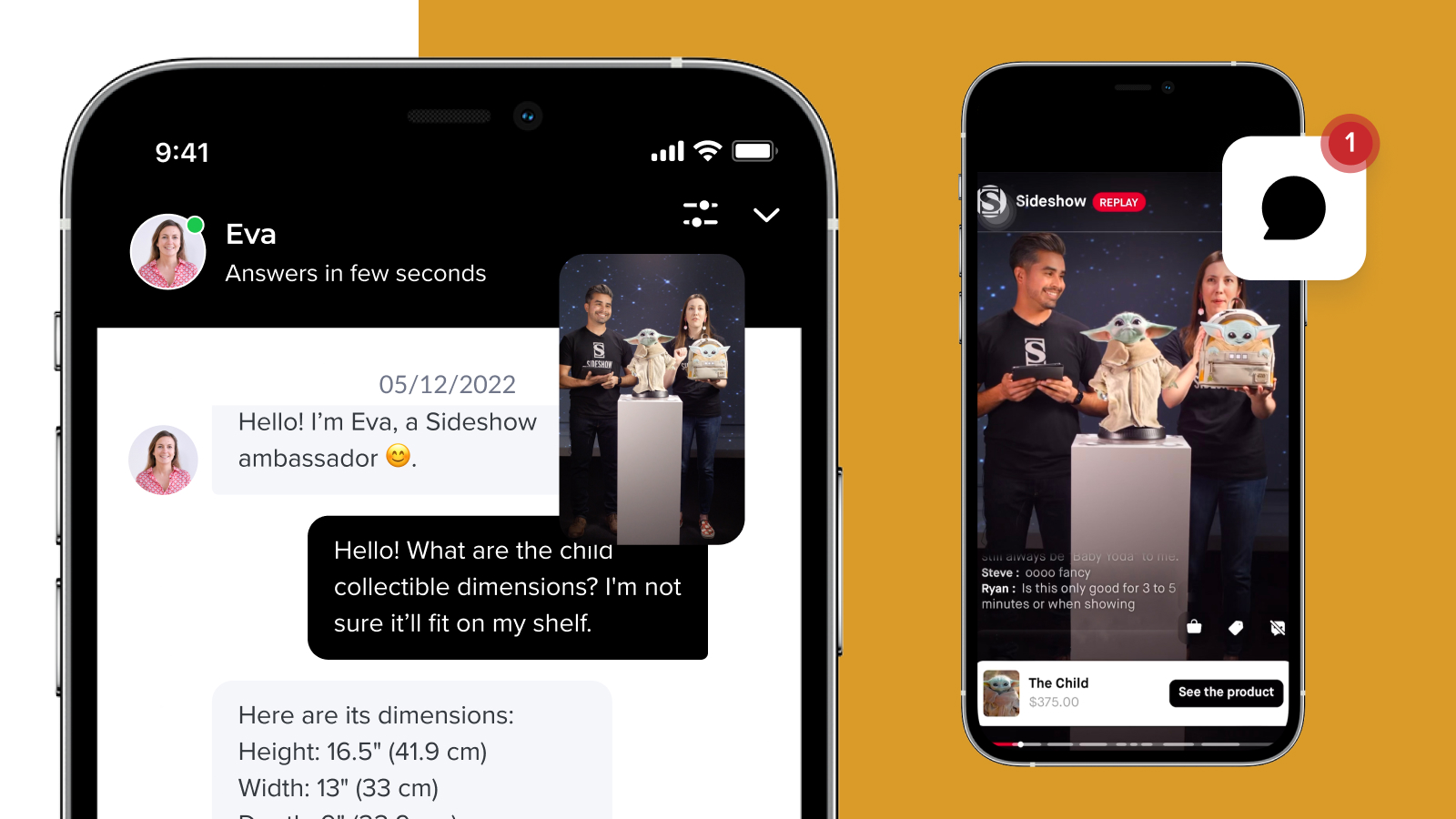
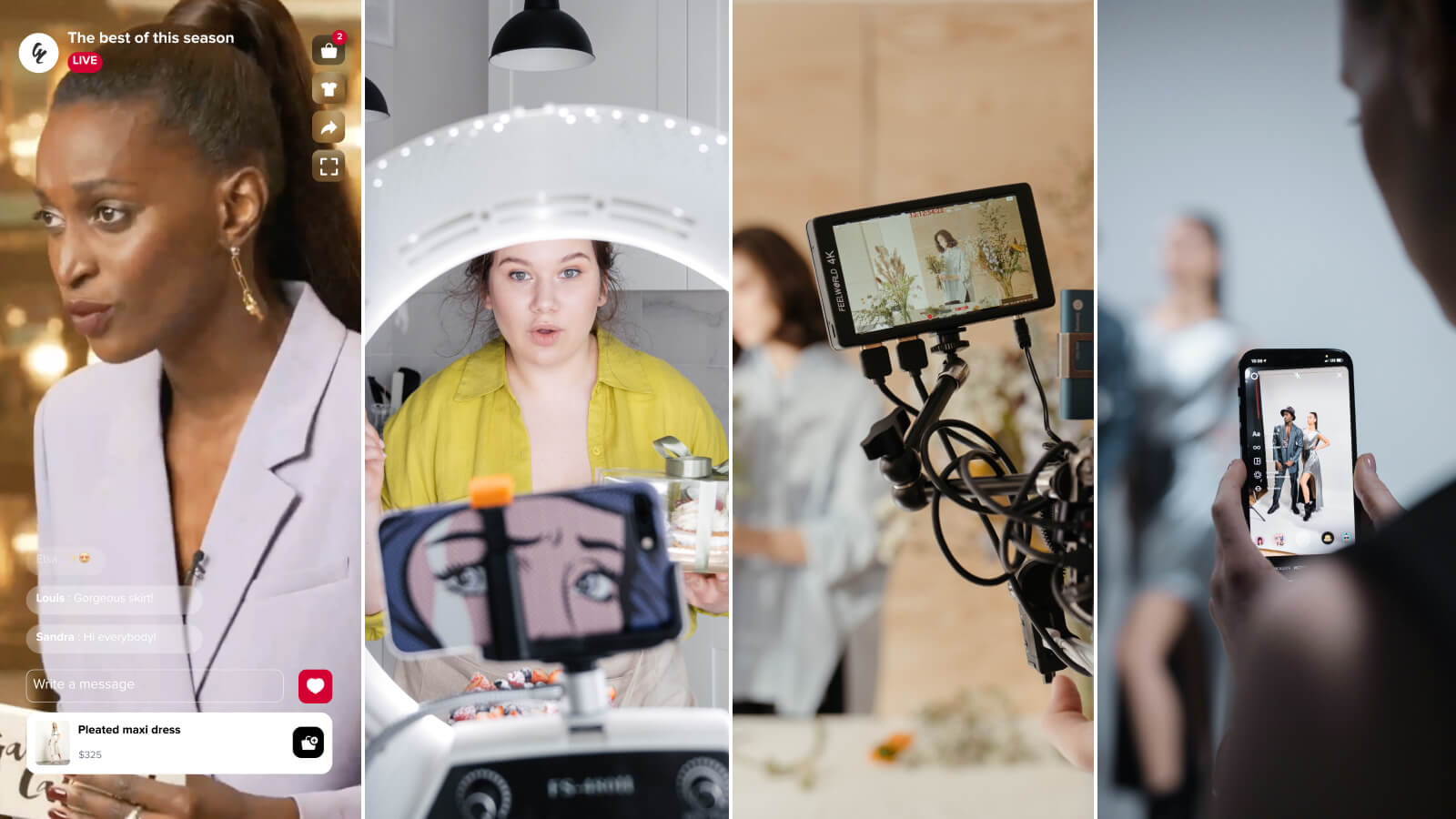

.png)



